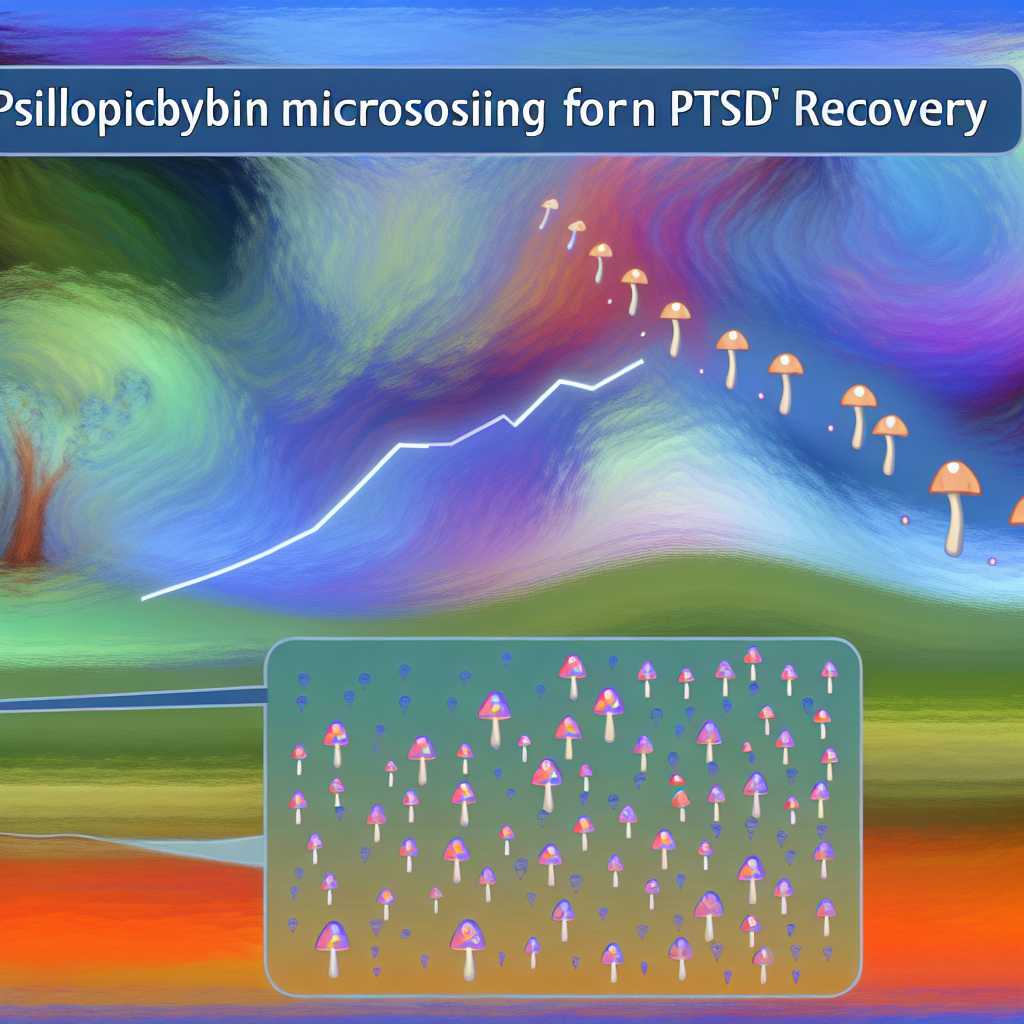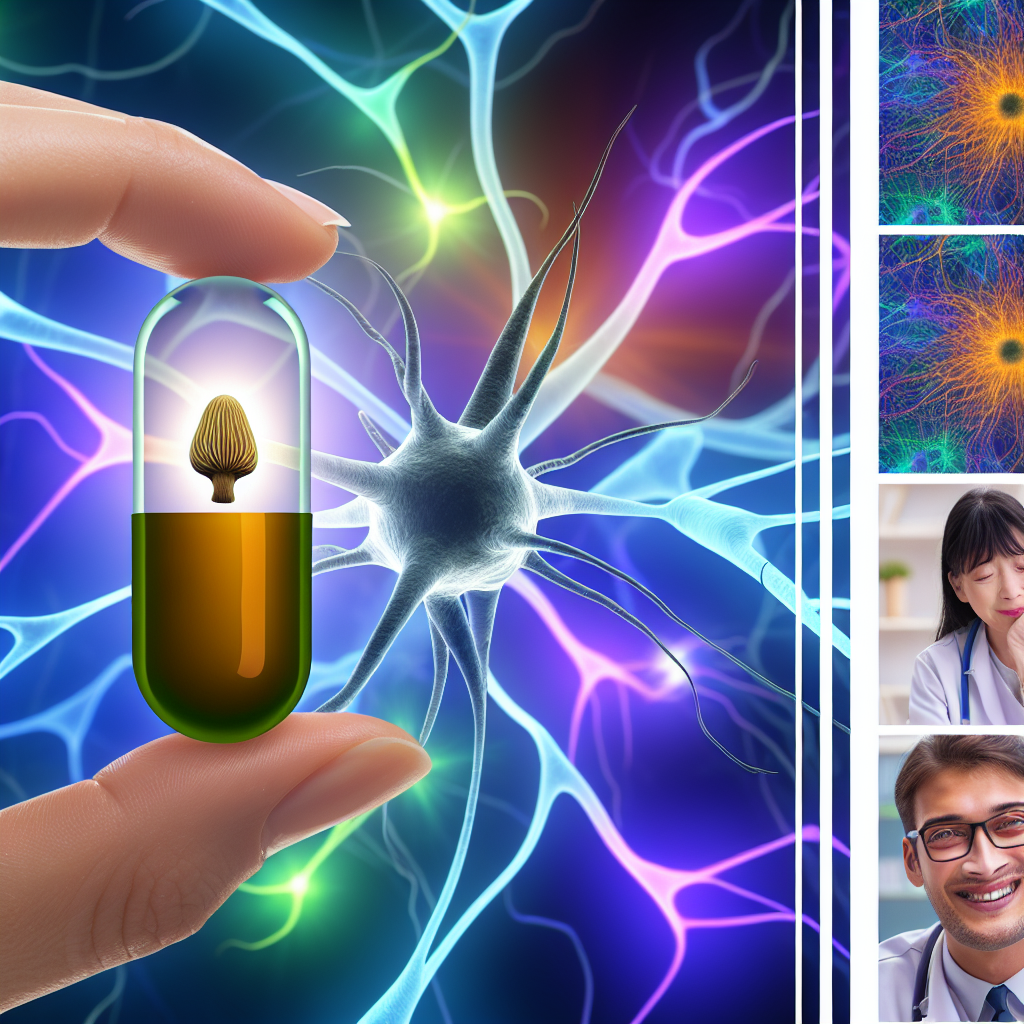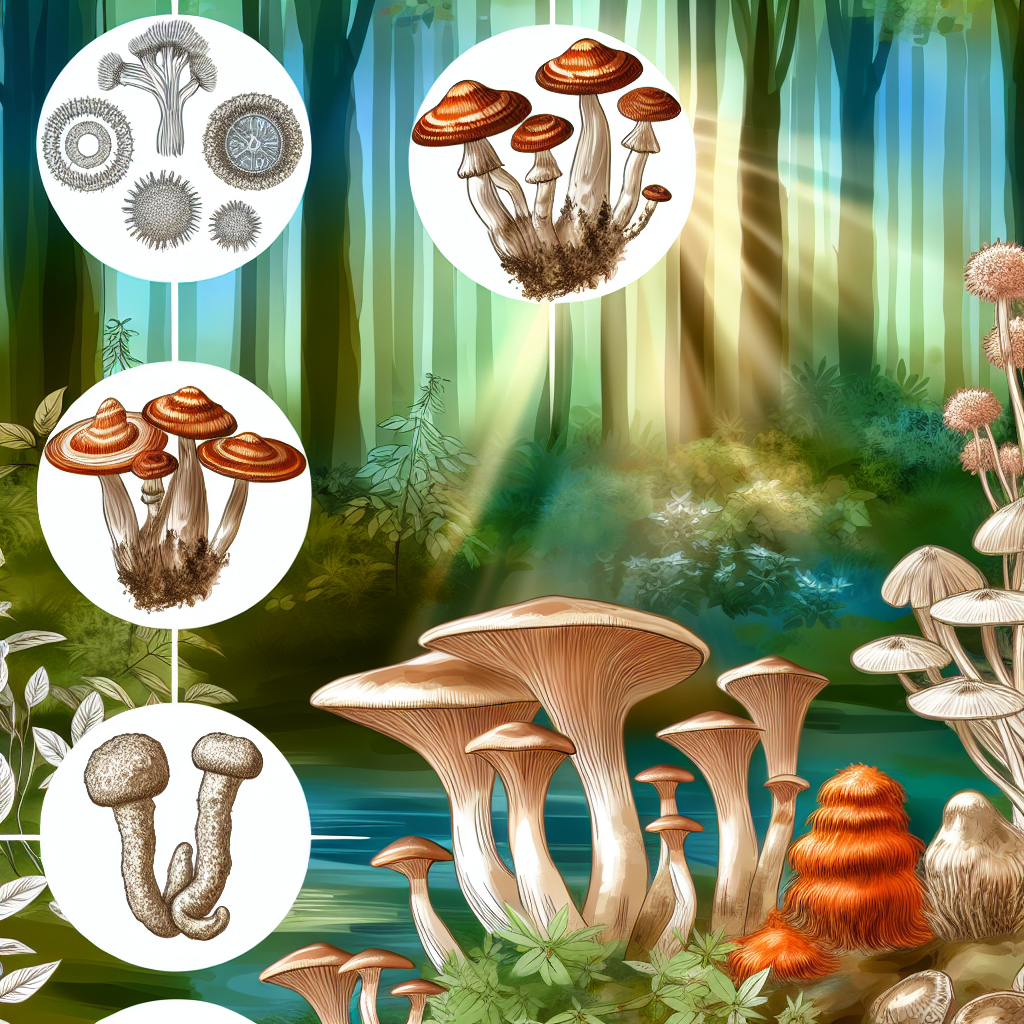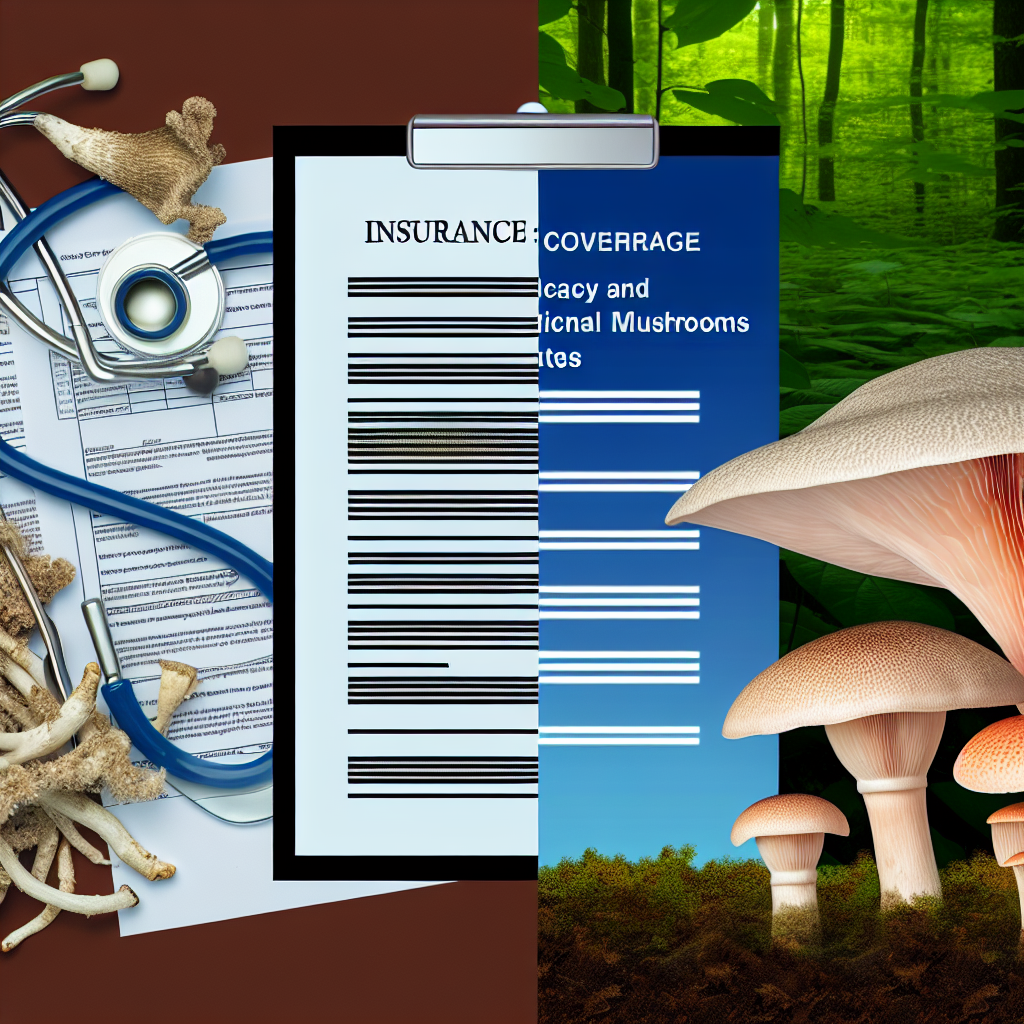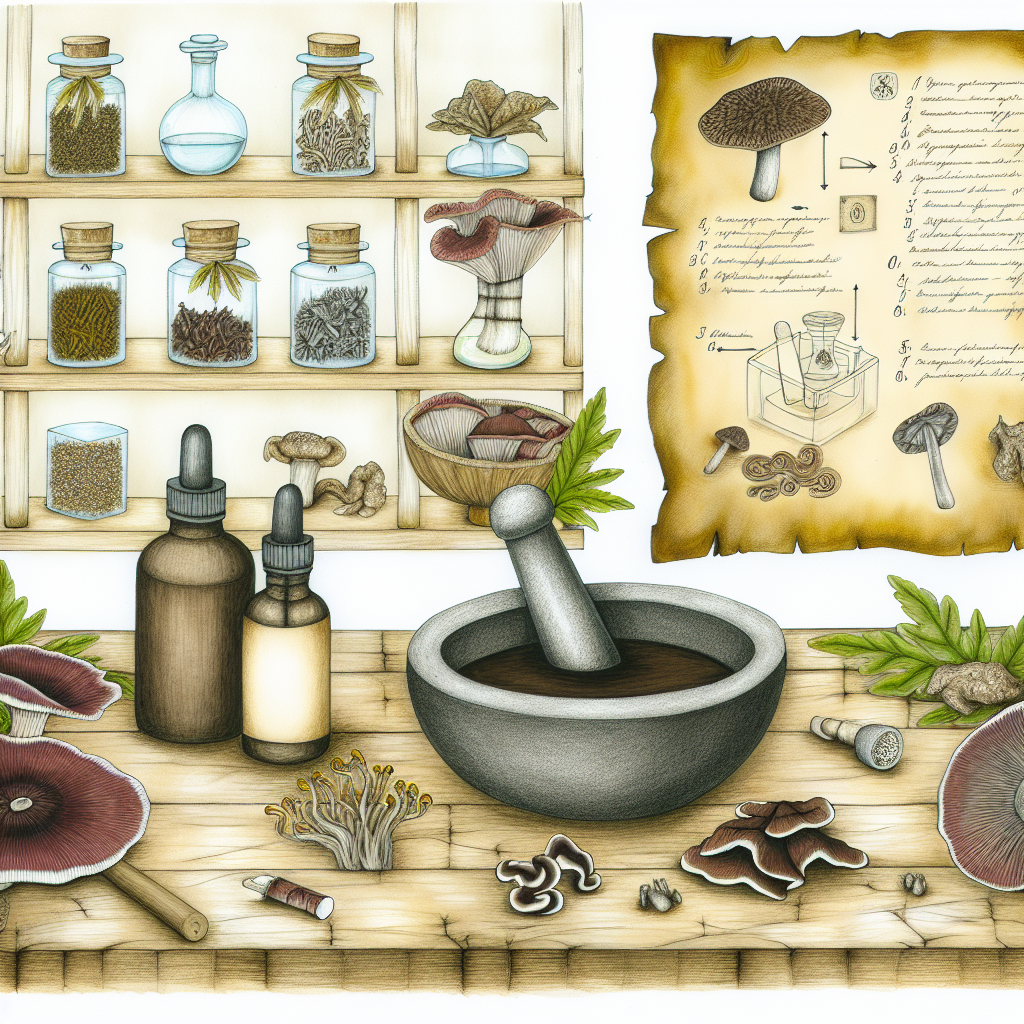# Psilocybin Microdosing for PTSD Recovery: Harm Reduction Protocols
Introduction: A New Path for Healing PTSD
Post-Traumatic Stress Disorder (PTSD) is a complex mental health condition triggered by exposure to trauma such as military combat, sexual assault, or natural disasters. PTSD affects millions of people worldwide and can lead to debilitating symptoms like flashbacks, anxiety, mood disorders, insomnia, and emotional dysregulation. Despite growing awareness and increasing demand for effective treatment options, conventional therapies such as cognitive behavioral therapy (CBT), antidepressants, and EMDR (Eye Movement Desensitization and Reprocessing) often fall short for a significant percentage of patients.
In response to these limitations, alternative therapeutic approaches are gaining momentum—among them, psilocybin microdosing. Psilocybin, the active compound in “magic mushrooms,” has emerged in recent years as a promising compound for mental health treatment. Unlike recreational high-dose usage, microdosing involves consuming a very small, sub-perceptual amount of the psychedelic compound—typically about 1/10 to 1/20 of a recreational dose. Users do not experience hallucinations or significant psychoactive effects, but instead report enhanced mood, clarity, and emotional stability over time.
Interest in psilocybin therapy for conditions like depression and anxiety has surged, fueled by recent scientific studies and promising anecdotal reports. Now, an expanding subset of researchers and clinicians are exploring how microdosing psilocybin can play a supportive role in managing and even recovering from PTSD. Many PTSD sufferers describe microdosing as helping to reduce hypervigilance, regulate mood swings, and promote insight-driven emotional healing.
However, while the therapeutic potential is extraordinary, introducing a compound like psilocybin into treatment requires careful attention to safety and harm reduction—especially for a vulnerable population like those with PTSD. From dosage coordination to timing, set and setting, and integration practices, it’s essential that users and practitioners alike adopt protocols that minimize risk and maximize healing.
This article explores the emerging science behind psilocybin microdosing for PTSD and offers clear, evidence-informed harm reduction guidelines to those considering this path of recovery, with a focus on patient autonomy, safety, and long-term wellbeing.
The Science Behind Psilocybin: Promising Research for PTSD Recovery
In the past decade, the medical community has witnessed a resurgence in interest in psychedelics for psychiatric use. Psilocybin has rapidly moved from taboo to the forefront of clinical research, showing promise for a variety of mental health conditions including depression, anxiety, and PTSD.
Though larger-scale studies are still in process, smaller trials and observational studies provide compelling evidence suggesting psilocybin may have a profound effect on trauma recovery. A 2020 study published in JAMA Psychiatry concluded that psilocybin-assisted therapy led to significant reduction in depressive symptoms, with 71% of participants improving dramatically after just two sessions ([source](https://jamanetwork.com/journals/jamapsychiatry/fullarticle/2772630)). While not microdosing-specific, these studies underscore the compound’s unique effects on emotional processing and neuroplasticity—key components in healing trauma.
Another promising development came from a pilot study by the Multidisciplinary Association for Psychedelic Studies (MAPS), which combined MDMA-assisted therapy with PTSD treatment. While MDMA and psilocybin are pharmacologically different, the study illuminated the important role of psychedelics in reprocessing traumatic memory in a safe, therapeutic environment, lending further credibility to psilocybin research ([MAPS](https://maps.org/news/media/mdma-assisted-therapy-for-ptsd-fda-designates-breakthrough)).
As for microdosing itself, recent evaluations suggest long-term use of low-dose psilocybin may contribute to emotional resilience and reduced anxiety. A 2021 study published in Nature Scientific Reports found that individuals who microdosed scored better on questionnaires related to mental health and cognitive function compared to non-microdosers ([source](https://www.nature.com/articles/s41598-021-01811-4)). Though the study was observational and relied on self-reporting, it aligns well with anecdotal findings that microdosing can offer PTSD sufferers a gentle yet effective form of exposure therapy, helping them reconnect with parts of themselves that trauma has fragmented.
In terms of neurobiology, psilocybin has been shown to enhance neurogenesis and modulate the Default Mode Network (DMN)—a brain network closely associated with self-referential thought and rumination. This rewiring may be instrumental for individuals with PTSD, whose DMN activity often becomes hyperactive, leading to over-identification with past trauma ([source](https://www.cell.com/trends/neurosciences/fulltext/S0166-2236(18)30208-2)).
While microdosing does not trigger the full psychedelic experience, it may still offer these effects over time through cumulative neuroplastic benefits. However, because microdosing does not involve a formal therapeutic container as many macrodosing sessions do, adopting a harm reduction approach is critical.
Essential Harm Reduction Protocols for PTSD Microdosing
For those exploring psilocybin microdosing as a means of PTSD recovery, following intentional guidelines helps ensure greater safety and effectiveness. Here are key harm reduction protocols developed with trauma sensitivity in mind:
1. Start Low & Go Slow
Begin with a minimal dose, often recommended at 100mg of dried psilocybin-containing mushrooms. Avoid the temptation to escalate quickly. Wait at least 3 to 4 dosing cycles (e.g., one dose every third day) before adjusting the dose. Keep a journal and track your mood and bodily responses before increasing.
2. Choose a Structured Dosing Schedule
Two popular protocols include:
– **Fadiman Protocol**: Dose every third day—for example, dose on Monday, rest on Tuesday and Wednesday, and dose again on Thursday.
– **Stamets Stack**: Combine microdoses with lions’ mane mushroom and niacin to enhance neuroplasticity and cognitive regeneration.
Use these protocols consistently to reduce unpredictability and maximize long-term benefit.
3. Prioritize Mental Health Screening
Psilocybin is not suitable for everyone. Individuals with a personal or family history of bipolar disorder, schizophrenia, or severe dissociative disorders should consult a physician or psychedelic-informed psychiatrist before beginning any microdosing regimen.
4. Seek Supervised or Supported Use
While many people microdose independently, those with PTSD are particularly vulnerable to mood fluctuations or retraumatization. Consider involving a psychedelic integration coach, trauma therapist, or a peer support group. This added layer of support can be the difference between stagnation and breakthroughs.
5. Practice Thoughtful Integration
Insights gained from microdosing should be processed in a meaningful way. Use tools such as:
– Journaling or creative expression
– Mindfulness meditation
– Trauma-informed talk therapy
– Breathwork or body-based practices
Microdosing opens emotional pathways—but it takes active integration to convert insights into healing.
6. Be Cautious with Medications
If you’re currently taking SSRIs, SNRIs, or benzodiazepines, consult with a prescribing physician before microdosing. Some medications may diminish psilocybin’s efficacy or increase side effects. A slow, supervised taper may be necessary to prepare the body and mind for microdosing.
7. Create a Safe Set and Setting
Choose calming, familiar environments—preferably at home or in nature. Reducing sensory overload is crucial, especially for people with hypervigilance. Be intentional with your mindset and avoid dosing during periods of extreme stress or instability.
Conclusion: Navigating PTSD with Courage, Care, and Curiosity
Psilocybin microdosing offers a promising adjunct tool for individuals navigating the complex path of PTSD recovery. With careful harm reduction strategies and support structures in place, microdosing may unlock emotional processing capabilities that conventional treatments leave untouched.
While more rigorous, long-term studies are still needed, early evidence and personal testimonials indicate that psilocybin—when used responsibly—has the potential to bring profound healing to those living in the aftermath of trauma. For those ready to explore this frontier, the road ahead requires not only courage but also caution, collaboration, and self-compassion.
**Summary:**
Psilocybin microdosing shows promise as a complementary therapy for PTSD recovery, but requires careful harm reduction protocols to minimize risks and maximize benefits. Key guidelines include starting with low doses, following structured dosing schedules, prioritizing mental health screening, seeking supervised support, practicing thoughtful integration, and creating a safe set and setting. As research continues, psilocybin may unlock new pathways for those seeking to heal from trauma, but a measured, evidence-based approach is essential.
**References:**
– JAMA Psychiatry Study: Psilocybin for Depression – https://jamanetwork.com/journals/jamapsychiatry/fullarticle/2772630
– MAPS MDMA-Assisted Therapy Study – https://maps.org/news/media/mdma-assisted-therapy-for-ptsd-fda-designates-breakthrough
– Nature Scientific Reports on Microdosing – https://www.nature.com/articles/s41598-021-01811-4
– Psilocybin and the Default Mode Network – https://www.cell.com/trends/neurosciences/fulltext/S0166-2236(18)30208-2

Dominic E. is a passionate filmmaker navigating the exciting intersection of art and science. By day, he delves into the complexities of the human body as a full-time medical writer, meticulously translating intricate medical concepts into accessible and engaging narratives. By night, he explores the boundless realm of cinematic storytelling, crafting narratives that evoke emotion and challenge perspectives. Film Student and Full-time Medical Writer for ContentVendor.com
